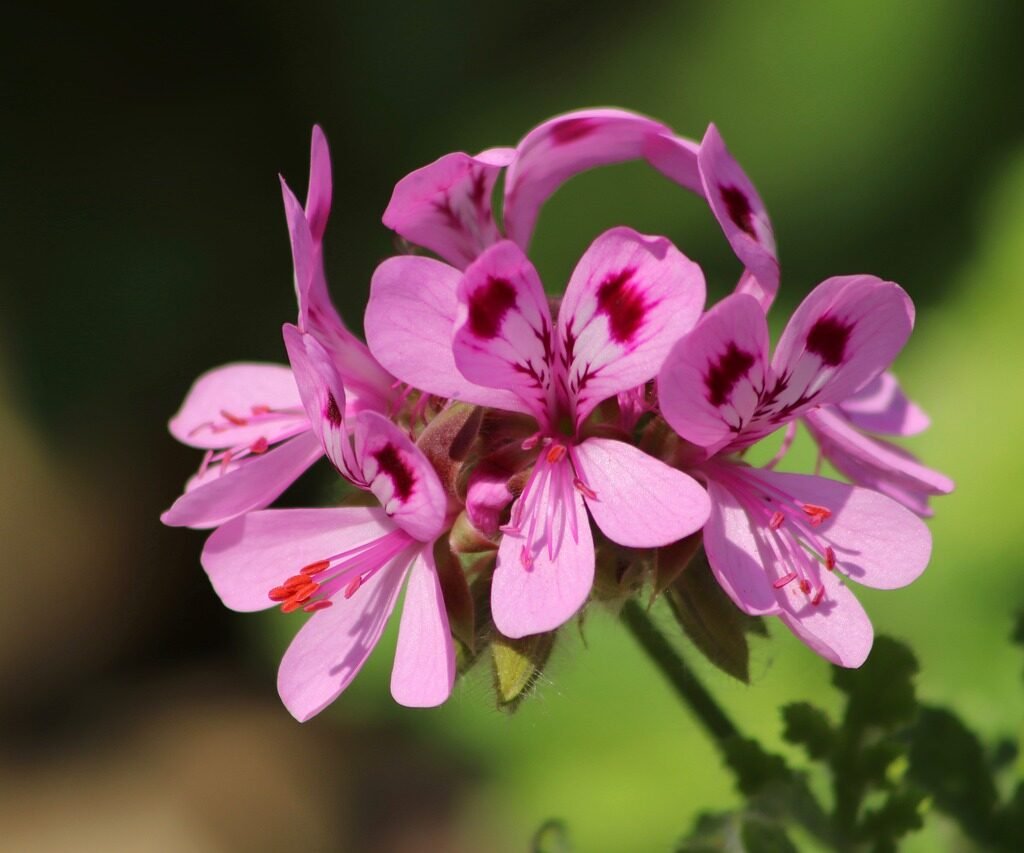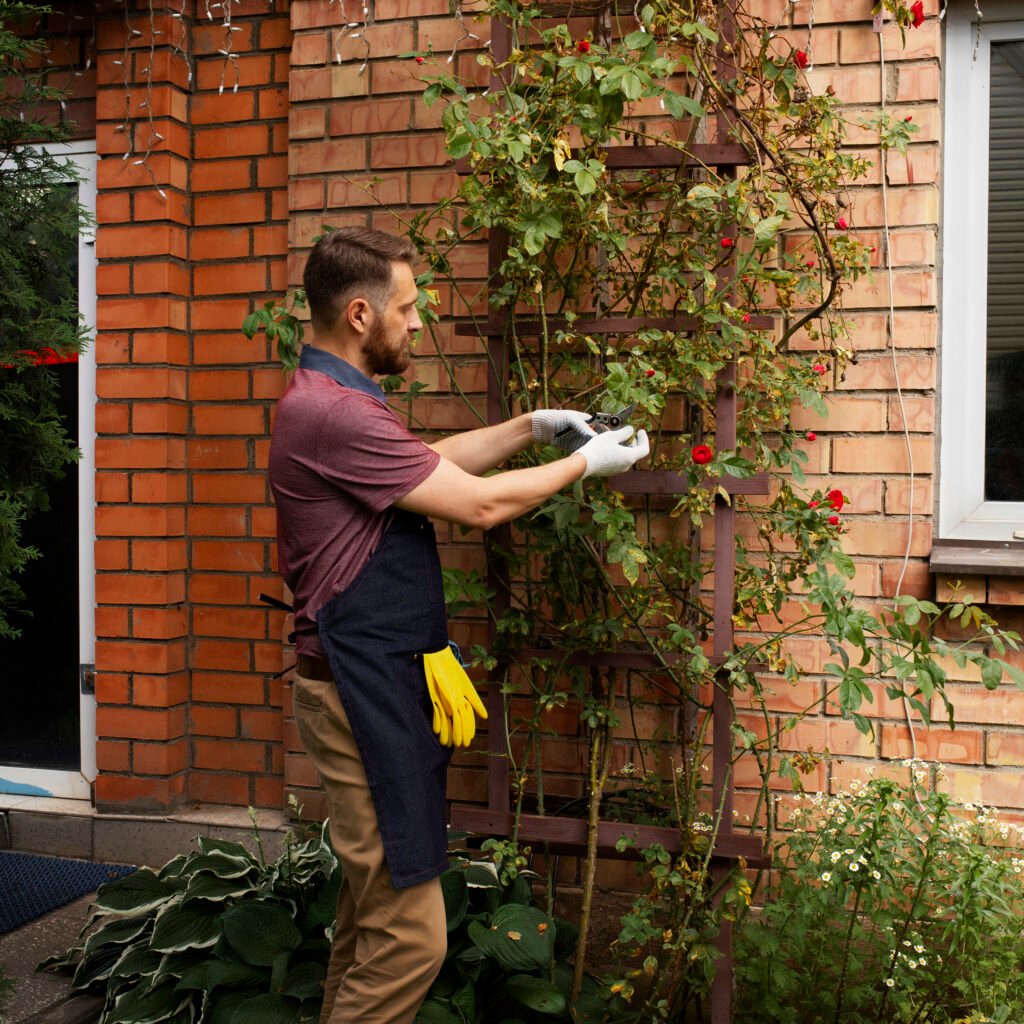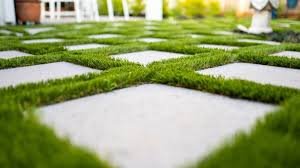
Even the smallest outdoor space can be transformed into a beautiful, functional garden. Whether you have a tiny balcony, a narrow backyard, or a compact patio, the right design approach can make a big impact. Here are some clever small garden ideas to help you maximize your space and create your own personal outdoor oasis.
1. Utilize Vertical Space

When space is limited, think upwards! Vertical gardening is an excellent way to grow more plants without taking up too much ground space. Use wall-mounted planters, trellises, or shelving units to display flowers, herbs, or even vegetables. A living wall or hanging pots can create a lush, green effect that adds height and interest to your garden.
2. Go for Multi-Purpose Furniture
In small gardens, every piece of furniture counts. Opt for multi-purpose outdoor furniture that can serve various functions. For example, choose benches with built-in storage, foldable tables, or seating that doubles as planters. This will help you make the most of your limited space while keeping things practical and stylish.
3. Choose the Right Plants

Selecting the right plants for a small garden is key to creating a balanced and visually appealing space. Focus on compact, low-maintenance plants that don’t require too much room to grow. Dwarf shrubs, climbing plants, and container-friendly perennials are great options. Mix different textures and colors to keep the garden interesting without overwhelming it.
4. Incorporate Mirrors for Depth
Mirrors aren’t just for interiors! Placing mirrors strategically in your small garden can create the illusion of more space. Position a mirror against a fence or wall to reflect light and greenery, making your garden appear larger and brighter. Choose weatherproof mirrors that can withstand the elements while adding a decorative touch.
5. Create Zones
Dividing your small garden into distinct zones can make it feel more spacious and organized. Use potted plants, stepping stones, or outdoor rugs to separate different areas for dining, lounging, or gardening. This approach adds structure and purpose to each section of your garden, making the most of every inch.
6. Use Light Colors and Natural Materials

Light colors can make any space feel larger and more open. When designing your small garden, opt for light-colored furniture, planters, and outdoor accessories to create an airy feel. Additionally, using natural materials like wood, stone, or rattan adds warmth and texture without overpowering the space.
7. Maximize Greenery with Containers
Container gardening is perfect for small spaces because it allows you to grow plants without taking up much ground. Use pots, troughs, or hanging baskets to add greenery to your garden. You can experiment with different sizes and shapes of containers to create an eye-catching display. Moveable containers also allow you to change up your garden layout as needed.
8. Add a Focal Point
Even in a small garden, adding a focal point can draw attention and make the space feel special. A small water feature, a striking sculpture, or a standout plant can serve as the centerpiece of your garden. This not only enhances the design but also gives the space a clear visual anchor.
9. Consider Smart Lighting

Good lighting can transform your small garden into a cozy retreat after dark. Use string lights, solar-powered lanterns, or garden spotlights to highlight key features and create ambiance. Soft lighting makes the space feel inviting, even at night, and adds a warm glow to your outdoor area.
Conclusion
No matter how small your garden is, there are endless possibilities to turn it into a beautiful and functional outdoor space. From vertical gardening to smart furniture choices, these small garden ideas can help you make the most of your space. Start with a plan, get creative, and enjoy the process of transforming your small garden into a vibrant oasis!
Feel free to share if you need any revisions or additional sections!



















